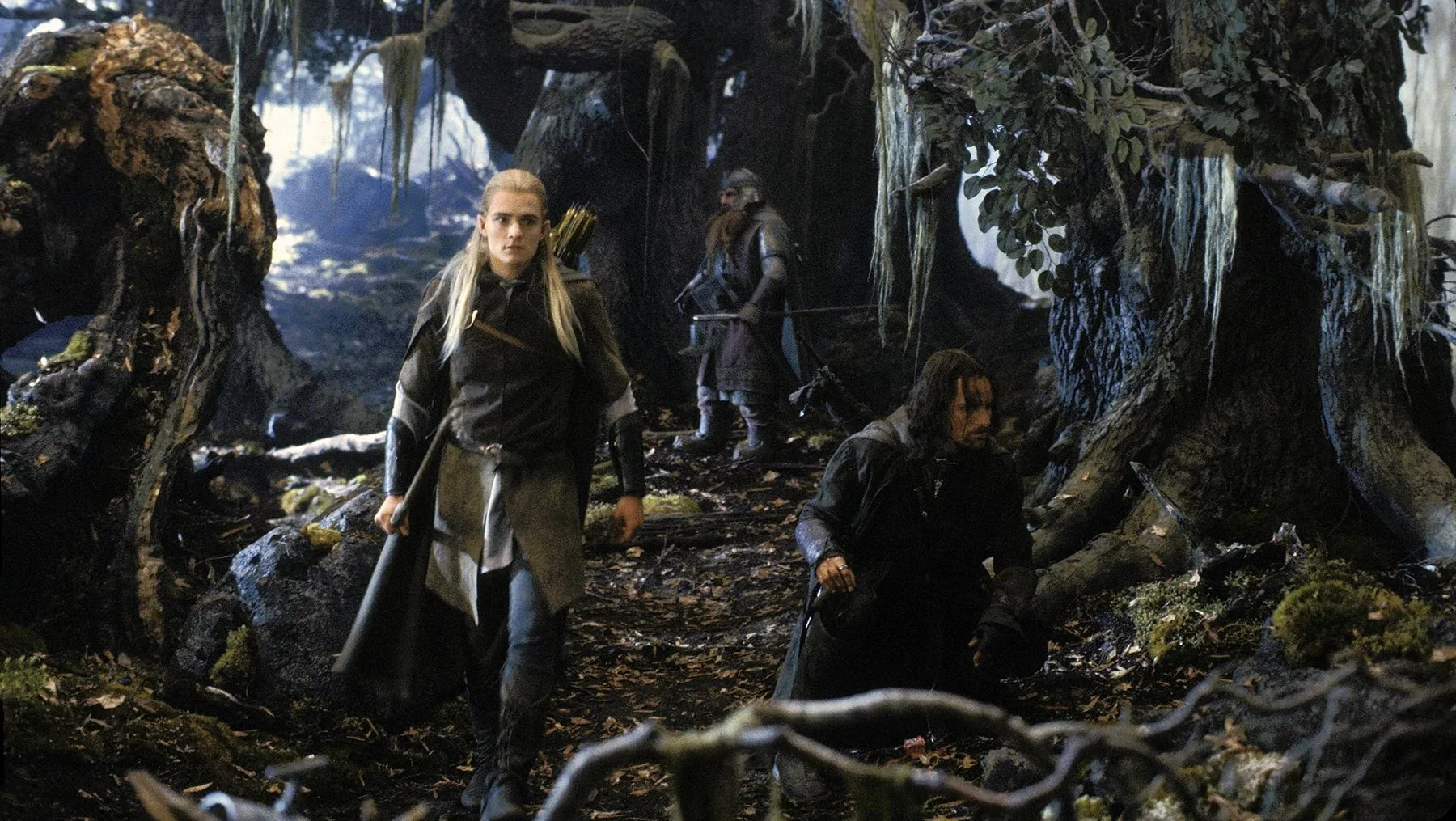The Fascinating World of Deleted Scenes: What Might Have Been
Written by: The Buddi Team
Ah, deleted scenes—those tantalizing glimpses into what could have been. They’re the movie’s little secrets, tucked away on DVDs and streaming platforms, often sparking curiosity and wonder about how different a beloved film might have been. Deleted scenes offer a fascinating look behind the curtain, revealing alternative plots, additional character moments, or just plain quirky detours. So, let’s dive into the world of deleted scenes and explore some memorable examples from popular movies, discussing why they were cut and what they add to our understanding of the films.
The Lost Moments of “The Lord of the Rings”
Peter Jackson’s epic trilogy, “The Lord of the Rings,” is famous for its grand storytelling and richly developed characters. But even with the extensive length of these films, many scenes didn’t make the final cut. One standout example is the character of Tom Bombadil, who plays a significant role in J.R.R. Tolkien’s book “The Fellowship of the Ring.”
Tom Bombadil’s scenes were filmed but ultimately left out of the movie due to pacing and focus concerns. His whimsical nature and his interactions with Frodo and the other hobbits would have provided a charming diversion from the main quest. Fans who’ve seen these scenes in the extended editions or bonus features often debate their value. Some miss his quirky character and the way he adds a layer of mystique to Middle-earth, while others agree with Jackson’s decision to streamline the story.
“Star Wars: Episode IV – A New Hope” and the Wampa Cave
“Star Wars: Episode IV – A New Hope” (1977) is a cinematic milestone, but even its groundbreaking story wasn’t immune to editing. One of the most intriguing deleted scenes involves a Wampa, the ice creature from “The Empire Strikes Back” (1980). Originally, there was a scene where Luke Skywalker encounters the Wampa in its cave. This scene was shot but removed to tighten the narrative and focus on Luke’s recovery and training.
The Wampa cave scene provides additional context to Luke’s struggle and the dangerous environment of Hoth. It’s a great example of how deleted scenes can offer deeper insights into the story and characters, even if they don’t always make it to the final cut.
The Classic Cut of “Jaws”
Steven Spielberg’s “Jaws” (1975) is a masterclass in suspense and tension, but even it had some scenes that were left on the cutting room floor. One such scene involves the character of Chief Brody discovering a previously unseen piece of evidence related to the shark attacks.
This deleted scene provided a more detailed look into Brody’s investigative process and his growing obsession with the shark. While it added depth to Brody’s character, Spielberg decided to focus more on the tension and terror of the shark itself. The cut scene is a fascinating reminder of how editing decisions can shift a film’s focus and pacing.
“Back to the Future” and the Original Ending
“Back to the Future” (1985) is one of the most beloved time-travel films of all time, but its original ending was quite different from what we know today. The deleted ending involved Marty McFly having to return to the 1950s to fix a complication caused by his time travel. It was more convoluted and less satisfying than the final ending, where Marty returns to a better future with his family improved.
The decision to cut this ending and go with the simpler, more emotionally resonant finale was a smart one. It highlighted how crucial editing can be in shaping a film’s overall impact and narrative clarity.
The Hidden Gem of “E.T. the Extra-Terrestrial”
Steven Spielberg’s “E.T. the Extra-Terrestrial” (1982) is a heartwarming tale of friendship and adventure. However, there was an additional scene that didn’t make it into the final cut. This scene involves E.T. briefly going on a shopping spree, exploring Earth’s consumer goods. It’s a humorous and endearing moment that showcases E.T.’s curiosity but was ultimately cut to maintain the film’s emotional focus.
Fans who have seen this scene in the special features appreciate its charm and how it adds to E.T.’s playful personality. However, Spielberg’s decision to cut it helps keep the story’s emotional core centered on E.T.’s relationship with Elliott and the struggle to return home.
“The Shining” and the Unseen Room 237
Stanley Kubrick’s “The Shining” (1980) is a film known for its eerie atmosphere and unsettling themes. One of the most talked-about deleted scenes involves the mysterious Room 237. Originally, there were more scenes involving this room and its eerie influence on the Overlook Hotel.
These deleted scenes added layers of mystery and horror to the film’s already chilling narrative. Kubrick’s decision to cut them is a testament to his meticulous approach to pacing and suspense, focusing on the psychological horror of the hotel and Jack Torrance’s descent into madness.
Why Deleted Scenes Are So Fascinating
Deleted scenes offer a unique glimpse into the filmmaking process. They reveal:
Creative Choices: They show how directors, writers, and editors make creative decisions to shape the final film. Often, scenes are cut to maintain pacing, focus on the main plot, or enhance emotional impact.
Character Development: Deleted scenes can offer additional character moments that deepen our understanding of the film’s characters. They might show alternate motivations, backstories, or relationships.
Narrative Exploration: They provide alternative takes on the film’s story, allowing us to explore different plotlines or thematic elements that were considered but ultimately not used.
Technical and Artistic Insights: They showcase the technical and artistic choices that went into the film’s creation, including special effects, cinematography, and performance nuances.
In Conclusion: The Charm of the Cut
Deleted scenes are like cinematic treasure chests—full of intriguing possibilities and hidden gems. They offer a behind-the-scenes look at the decisions that shape a film’s final form and invite us to imagine what might have been. While not all deleted scenes make it into the final cut, they each contribute to the rich tapestry of a film’s creation.
So, the next time you’re watching a movie and come across a deleted scene, take a moment to appreciate it as a piece of the larger puzzle. These scenes, though not part of the final narrative, still hold a special place in the movie-making process and provide a deeper understanding of the films we love.
Check out Buddisystems
Sign up for Buddisystems today and unlock a world of creative possibilities!



